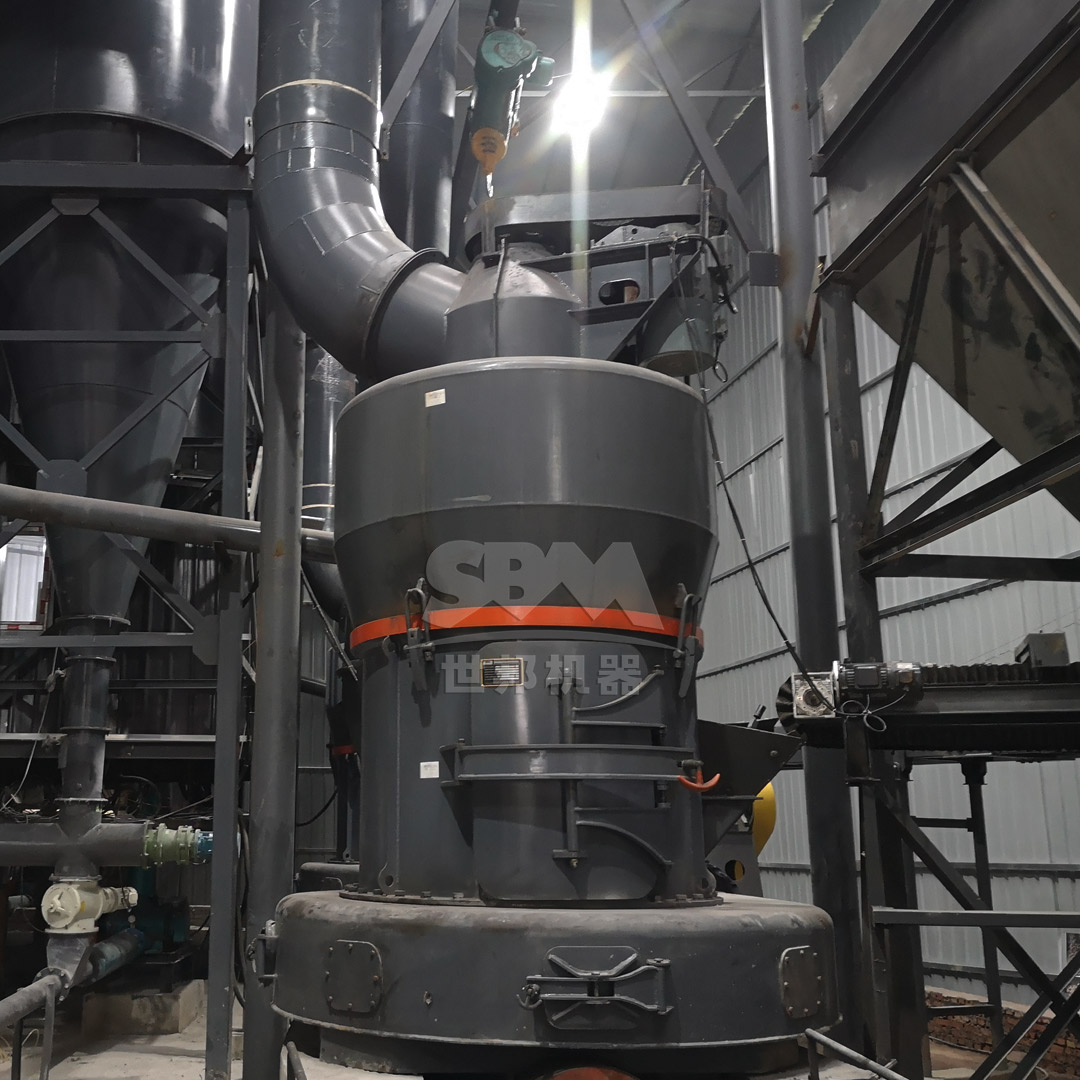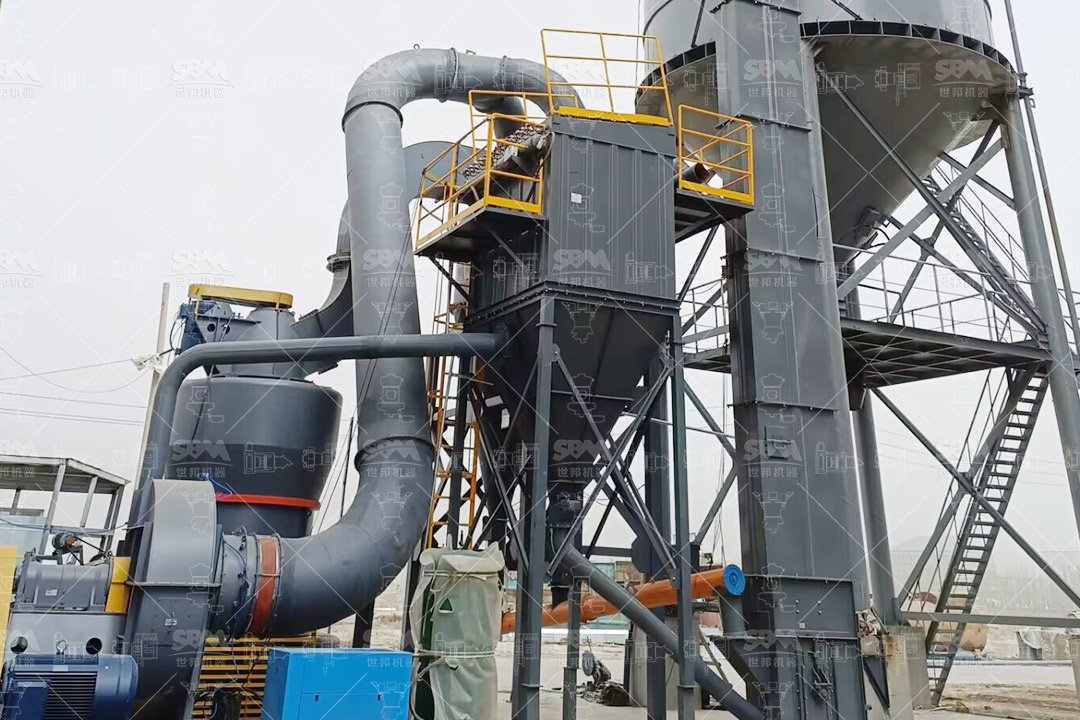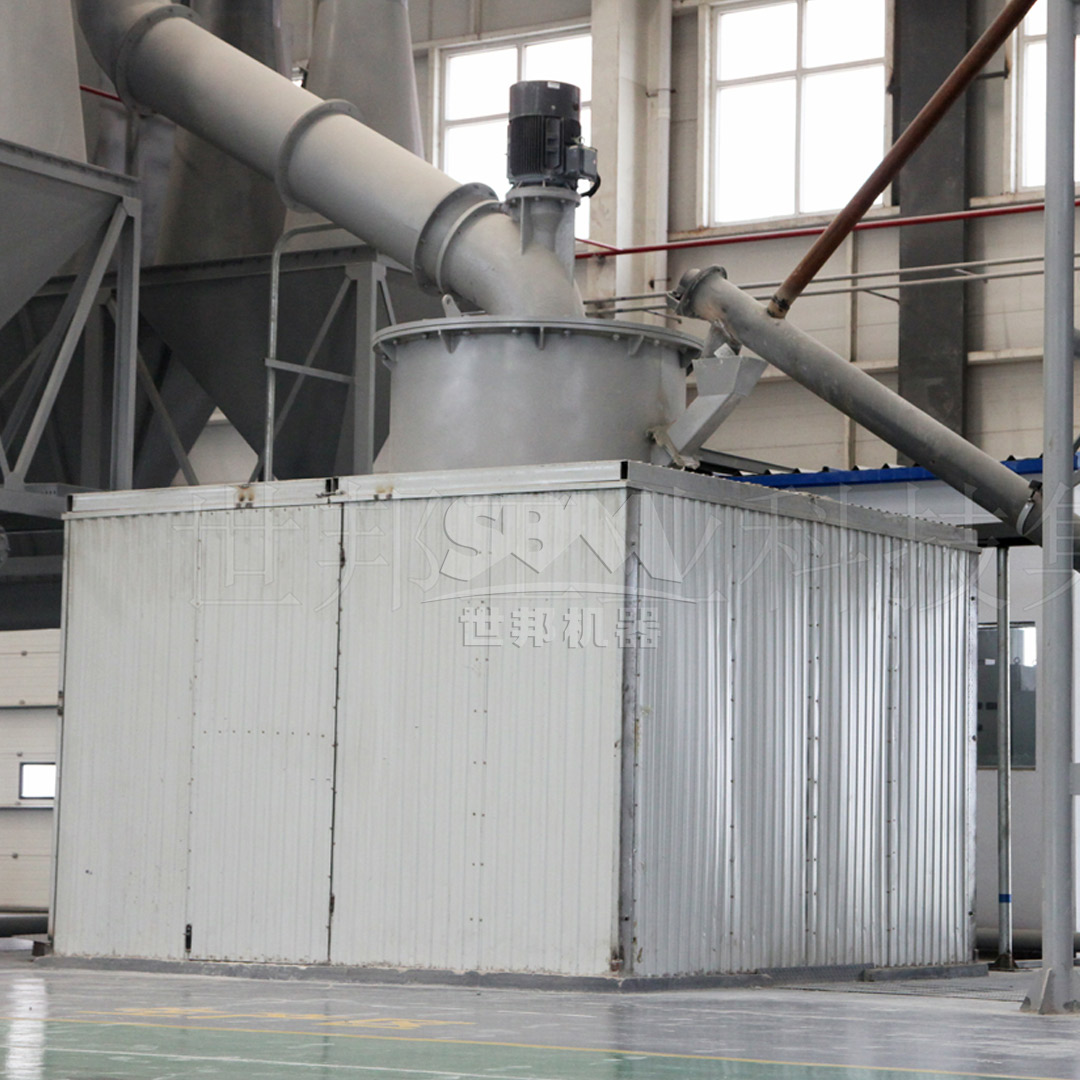Talc, a hydrated magnesium silicate mineral with the chemical formula Mg3Si4O10(OH)2, is one of the most versatile industrial minerals due to its unique properties including softness, chemical inertness, lamellar structure, and high thermal stability. The manufacturing of talc powder requires precise grinding and classification to achieve the desired particle size distribution for various applications such as plastics, paints, cosmetics, pharmaceuticals, and ceramics.
The selection of an appropriate grinding mill for talc processing depends on multiple factors including the required fineness, production capacity, energy efficiency, and the specific characteristics of the raw talc ore. This comprehensive analysis examines the most suitable grinding technologies for talc powder manufacturing, with particular focus on achieving ultra-fine particle sizes while maintaining optimal operational efficiency.
Different applications demand specific talc particle size distributions. For instance, cosmetics and pharmaceuticals typically require ultra-fine talc powder (D97 ≤ 5μm or 2500 mesh), while plastics and rubber compounds may utilize coarser grades (325-800 mesh). The grinding equipment must offer precise control over the final product fineness with narrow particle size distribution.
Talc’s platelet structure contributes significantly to its functional properties in applications such as reinforcement in plastics and barrier properties in coatings. The grinding process should preserve this lamellar morphology while achieving the target particle size, which requires specialized milling techniques that combine compression and shear forces rather than pure impact crushing.
Maintaining product purity is critical, especially for food, pharmaceutical, and cosmetic applications. The grinding system must be constructed with appropriate materials and designed to minimize iron contamination and other impurities during the milling process.
Although talc is thermally stable, excessive heat generation during grinding can affect its surface properties and moisture content. Efficient cooling systems and optimized grinding mechanics are essential to prevent thermal degradation.
| Application | Required Fineness (Mesh) | Special Requirements |
|---|---|---|
| Cosmetics | 1250-2500 | High whiteness, bacterial control |
| Pharmaceuticals | 800-2500 | Sterility, chemical purity |
| Plastics | 600-1250 | Lamellar structure preservation |
| Paints & Coatings | 800-1250 | Good dispersion, opacity |
| Paper | 600-800 | High brightness, smoothness |

Traditional ball mills have been used for talc grinding for decades, offering simplicity and reliability. However, they suffer from several limitations when processing talc:
While ball mills can produce talc powder in the range of 0.074-0.8mm (200-20 mesh), they are generally not suitable for high-value applications requiring ultra-fine products due to these limitations.
Conventional Raymond mills or pendulum mills represent an improvement over ball mills for medium-fine talc production (30-325 mesh). These systems utilize spring-loaded grinding rollers that rotate against a stationary grinding ring. While suitable for general industrial grade talc, they struggle with achieving consistent ultra-fine particles below 325 mesh and typically exhibit higher energy consumption compared to modern grinding technologies.
Advanced trapezium mills like the MTW series offer significant improvements for talc processing:
The MTW Series Trapezium Mill represents an excellent choice for talc processing in the medium-fine range (30-325 mesh), with capacities from 3-45 tons per hour. Its conical gear overall transmission system achieves up to 98% transmission efficiency, significantly reducing energy consumption. The curved air channel design minimizes airflow resistance, while the wear-resistant volute structure extends service life and reduces maintenance costs by approximately 30%.

Vertical roller mills have gained popularity in mineral processing due to their high efficiency and compact design. For talc applications, LM series vertical mills offer:
These mills are particularly suitable for large-scale talc production facilities where space optimization and energy efficiency are critical considerations.
For high-value talc applications requiring ultra-fine particles (325-2500 mesh), specialized ultra-fine grinding mills provide the most effective solution. The SCM Ultrafine Mill stands out as particularly suitable for premium talc powder production, offering outstanding performance characteristics:
The SCM series utilizes a unique grinding principle where material is centrifugally distributed to the grinding track and undergoes progressive compression through multiple grinding layers. The integrated vertical turbine classifier provides precise particle size cuts without coarse powder contamination. With special material grinding rollers and rings offering extended service life, and innovative bearingless screw grinding chamber ensuring stable operation, the SCM Ultrafine Mill delivers consistent high-quality talc powder for the most demanding applications.
| Model | Capacity (ton/h) | Main Motor Power (kW) | Output Fineness (mesh) |
|---|---|---|---|
| SCM800 | 0.5-4.5 | 75 | 325-2500 |
| SCM900 | 0.8-6.5 | 90 | 325-2500 |
| SCM1000 | 1.0-8.5 | 132 | 325-2500 |
| SCM1250 | 2.5-14 | 185 | 325-2500 |
| SCM1680 | 5.0-25 | 315 | 325-2500 |
The SCM Ultrafine Mill achieves approximately twice the production capacity of jet mills with 30% lower energy consumption. Its intelligent control system automatically monitors and adjusts operating parameters to maintain consistent product quality while optimizing energy usage. The feedback mechanism ensures stable output particle size even with variations in feed material characteristics.
Talc applications demand tight particle size distributions, which the SCM mill delivers through its advanced vertical turbine classification system. This technology enables precise particle size cuts without coarse powder contamination, ensuring uniform product quality batch after batch. The classification efficiency is particularly important for cosmetic and pharmaceutical grades where consistency is paramount.
Constructed with special material grinding rollers and rings that offer significantly extended service life, the SCM mill reduces maintenance requirements and operating costs. The innovative bearingless screw grinding chamber design enhances operational stability and minimizes vibration, contributing to consistent product quality and reduced mechanical stress on components.
With pulse dust collection efficiency exceeding international standards and noise levels controlled below 75dB through integrated soundproofing, the SCM Ultrafine Mill addresses the increasing environmental and workplace safety requirements of modern talc processing facilities. The completely sealed grinding system prevents dust emission, ensuring a clean production environment.

For smaller operations or specialized talc products, the SCM800 and SCM900 models provide an optimal balance of performance and investment. These compact units deliver high-quality ultra-fine talc powder while requiring minimal floor space and offering straightforward operation.
Larger talc processing facilities benefit from the SCM1000, SCM1250, and SCM1680 models, which offer increased capacity while maintaining the same high standards of product quality and energy efficiency. The scalability of the SCM series allows producers to match equipment capacity precisely to market requirements.
For complete talc processing plants, the SCM Ultrafine Mill can be integrated with pre-crushing equipment such as jaw crushers or hammer mills, drying systems, and automated packaging lines to create a seamless production workflow from raw talc ore to finished packaged product.
While advanced grinding systems like the SCM Ultrafine Mill may require higher initial investment compared to conventional mills, the significantly lower operating costs—particularly energy consumption and maintenance requirements—typically deliver attractive return on investment through reduced production costs per ton of talc powder.
The ability to consistently produce high-value ultra-fine talc powders commands premium pricing in the market, further enhancing the economic justification for advanced grinding technology. The precise particle size control and preservation of talc’s functional properties enable producers to access more lucrative market segments.
Selecting the optimal grinding mill for talc powder manufacturing requires careful consideration of technical requirements, production scale, and economic factors. For ultra-fine talc production (325-2500 mesh), the SCM Ultrafine Mill emerges as the superior choice, offering unmatched combination of precision, efficiency, and reliability. Its advanced grinding mechanism preserves talc’s valuable lamellar structure while achieving exceptional particle size control, making it ideally suited for high-value applications in cosmetics, pharmaceuticals, and premium industrial sectors.
The MTW Series Trapezium Mill presents an excellent alternative for medium-fine talc production (30-325 mesh), particularly for larger-scale operations where its high capacity and energy efficiency deliver significant operational advantages. Both technologies represent the current state-of-the-art in talc grinding, enabling producers to meet evolving market demands for quality, consistency, and sustainability.
As talc applications continue to diversify and quality requirements become more stringent, investing in advanced grinding technology becomes increasingly essential for maintaining competitiveness in the global talc market. The right equipment selection not only ensures product quality but also optimizes production economics through reduced energy consumption, lower maintenance costs, and enhanced operational reliability.